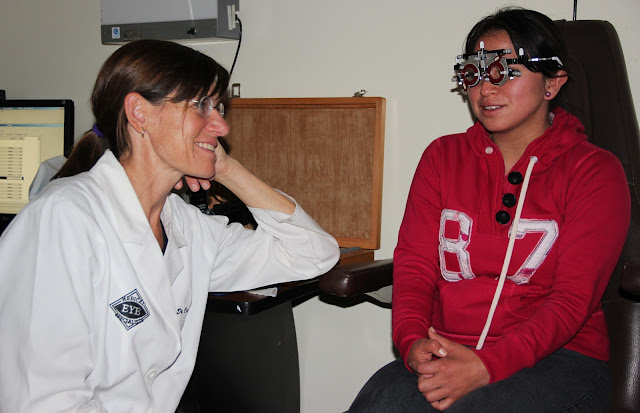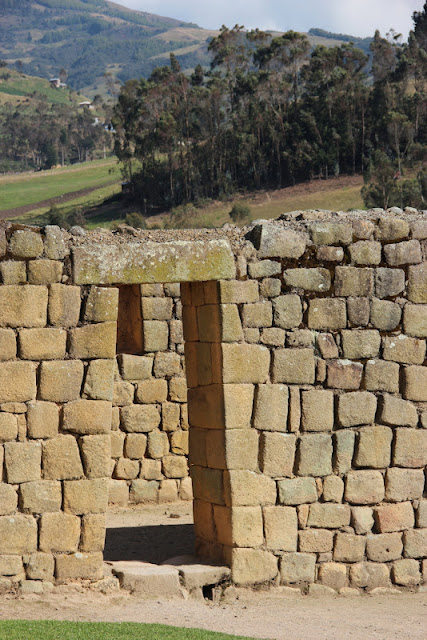Iguana Park, Guayaquil
This is our first try on uploading video footage, so bear with us. This footage is from the coastal city of Guayaquil on our trip to the coast last month. Unfortunately, uploading requires compressing the video file, so the resolution is unbearable if you enlarge the image to full screen, but maybe you'll get the general picture. This city park has hundreds of iguanas, climbing the trees, basking in the sun, begging from people like pigeons. And the ponds in the park are filled with hundreds of turtles the size placemats!
A Beautiful Young Voice of Azogues
During the annual Independence Day celebration of Azogues there are a variety of street fair activities, food vendors, and processions featuring dance and traditional music groups. A small radio station that broadcasts from the house across the street from us hosted recording studio performances for a few talented children who sang regional folk songs. This girl, practicing her number outside of the station, won my heart singing a ballad about the town of Azogues.


















































